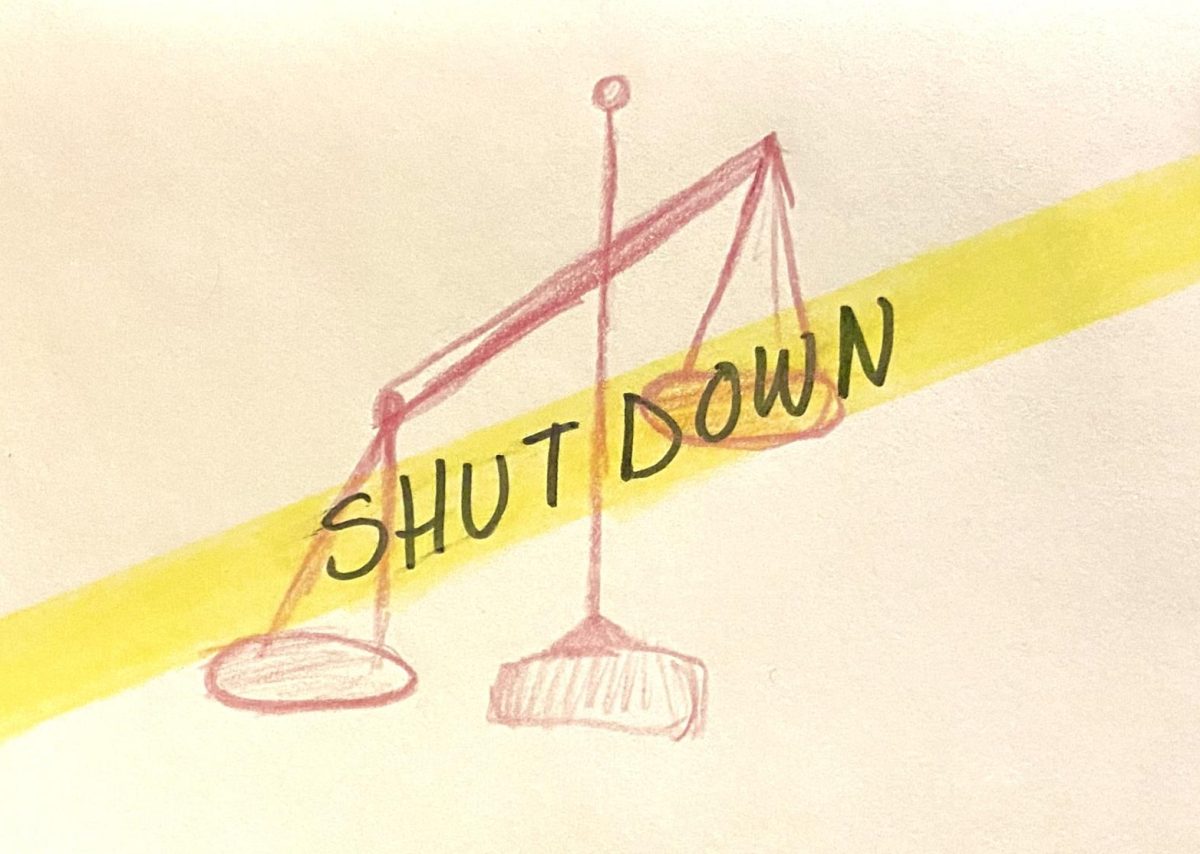The United States government was scheduled to shutdown on Sunday, Oct. 1, due to Congress’ inability to pass a new funding bill as the previous year’s bill expired.
However, this crisis was averted last Saturday, Sept. 30, when the House of Representatives passed a bill by a vote of 335-91. The bill then passed to the Senate where senators, under the pressure to pass the bill as soon as possible, did so by a vote of 88-9.
President Biden then signed the bill into action Saturday night, allowing the entire government to maintain business through Nov. 17.
Despite a larger bill not being passed with bipartisan support to continue government funding for the next year, the one passed allows for 45 days of further negotiations so that a full spending bill can be approved, averting a government shutdown.
A government shutdown would entail government failure to fund some or all of the 12 annual appropriation bills that, when combined, provide funding for all government agencies. When all 12 of the bills fail, it is considered a shutdown, however, if any of the appropriation bills are passed, then it is considered a partial shutdown where federal agencies that rely on the passed appropriation bills function as normal.
In the case of a government shutdown, federal employees considered “essential” are instructed to report for work as usual. This includes Transportation Security Administration (TSA) employees, members of the military, and certain prison guards. Such protocol has been criticized for making it difficult for employees to work without expecting income.
Conversely, those considered “non-essential” employees lose their jobs and paychecks until the government reopens.
The nation’s first government shutdown occurred in 1980 and only affected the Federal Trade Commission for a day. The additional cost of this was $700,000, which is $2,608,230.58 today when adjusted for inflation. In the following years, government shutdowns that lasted a day also took place in 1981, 1984, and 1986, affecting many agencies. 1986 was the first year that all government agencies were affected by the shutdown.
Other government shutdowns cause more money loss than single-day shutdowns. The most recent government shutdown lasted from Dec. 22, 2018 until Jan. 25, 2019, and was 35 consecutive days, costing the government $5 billion dollars in total.
This government shutdown ended when the House of Representatives and the Senate passed a resolution with enough votes to bypass President Trump’s refusal to sign.
The effort to avert the 2023 government shutdown began when Speaker of the House Kevin McCarthy held a private meeting with leaders in the House of Representatives to reach a bipartisan agreement that would provide funding for the next 45 days. Then, the bill passed to the Senate where it was quickly voted on and signed by President Biden.
One of the major sources of contention for the bill was the lack of funding designated to help assist Ukraine in their war effort against Russia. Democrats have urged that another resolution be passed as soon as possible to ensure the continuation of financial support for Ukraine.
The bill that was passed will keep the government funded until Nov. 17. If a full budget isn’t passed by then, the government will enter a shutdown.
UPDATE: Former Speaker of the House Kevin McCarthy, a Republican, struck a deal with the democratic minority to help pass the bill the averted the shutdown. Consequently, certain members of the Republican party, who hold the majority in the House of Representatives, were outraged.
A vote was held to oust him from the position of Speaker of the House, passing 216-210 as 8 Republicans joined the Democrats in voting to remove him from his position.
Marking the first time in United States history that a Speaker of the House has been removed from office, McCarthy’s removal is the third shortest tenure of the Speaker of the House in history.
He has also announced that he will not seek reelection. In the interim before a new speaker is voted upon, Representative Patrick McHenry from North Carolina District 10 will serve as the Speaker of the House.














































































